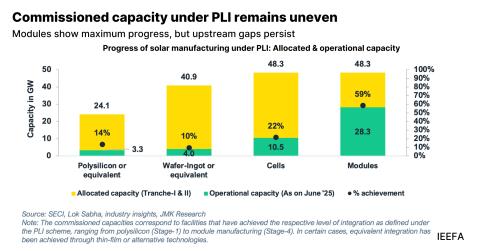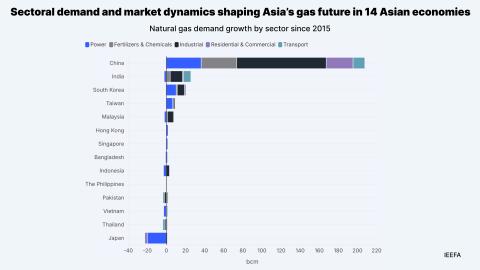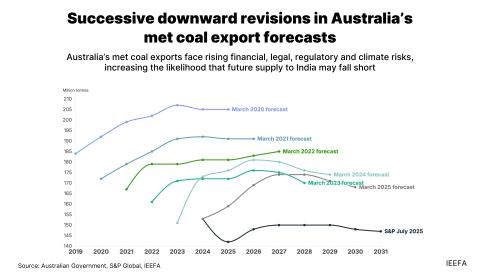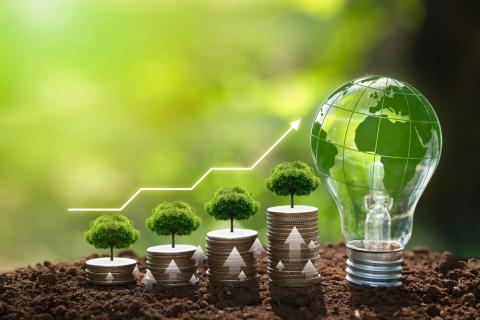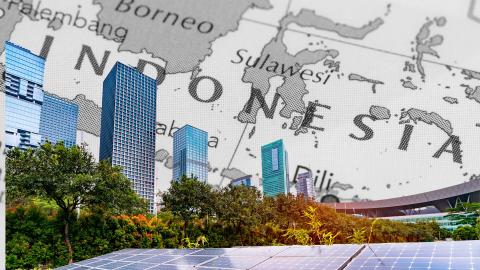A joint transmission network for renewable energy could deliver a USD 150 billion boost to Indonesia
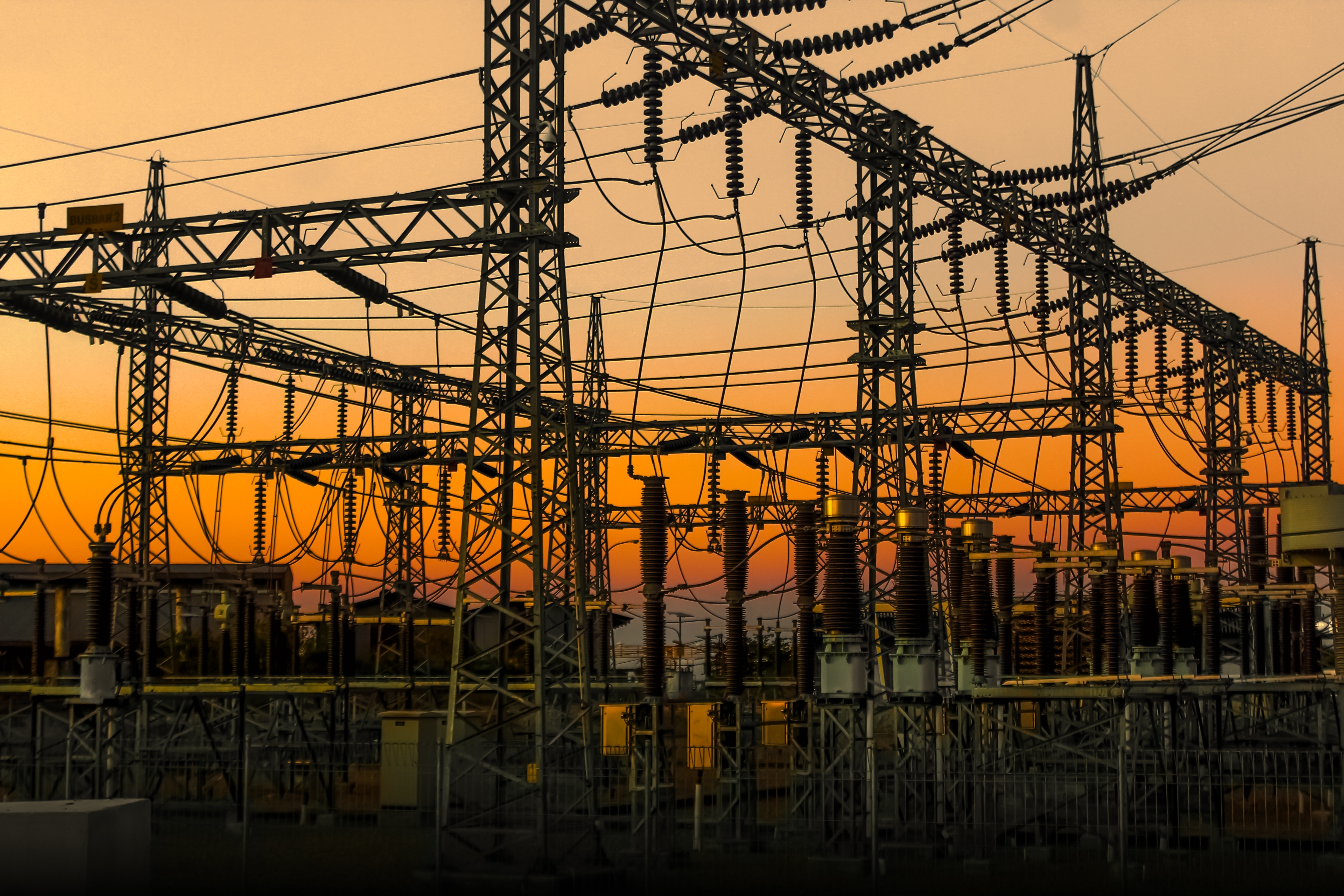
A profitable and mutually beneficial solution for Indonesia’s government, national electricity utility, and private power producers needs to be built on policy transparency and regulatory certainty.
A joint report by RE100, the Institute for Essential Services Reform (IESR), and the Institute for Energy Economics and Financial Analysis (IEEFA) suggests that Indonesia can accelerate the development of renewable energy through the shared use of the transmission network. This would benefit the national electricity utility PT Perusahaan Listrik Negara (PLN) and attract further investments without burdening the state budget.
“Our report evaluates the success criteria for the shared use of Indonesia’s transmission network. Previous IEEFA analysis suggested that this proposed scheme can establish an additional revenue stream for PLN to fund its ongoing grid modernization and expansion investments. It can also enhance Indonesia’s attractiveness as an investment destination,” says report co-author Mutya Yustika, IEEFA’s Energy Finance Specialist, Indonesia.
The proposed scheme can finance the estimated USD5 billion required annually for power generation and the USD146 billion investment gap that Indonesia needs to meet its 2030 climate targets.
“Across Southeast Asia, the shared use of transmission networks is becoming common practice to catalyze private investment in renewable energy supplies. For industries, especially RE100 members, sharing access to the grid can accelerate progress toward the goal of achieving 100% renewable energy in their supply chains by 2050,” adds co-author Grant Hauber, IEEFA’s Strategic Energy Finance Advisor, Asia.
Opportunities for growth
Shared use of the transmission network helps expand the supply of Renewable Energy Certificates (RECs) through private investment while preserving PLN’s integrated role in the national electricity system. According to the report, the state utility should strengthen its capacity to effectively serve as a transaction hub for shared electricity networks.
The report also recommends that the government include provisions for a joint transmission network utilization scheme in the New and Renewable Energy Bill (EBET) and integrate this mechanism into PLN's 2024-2034 Electricity Supply Business Plan (RUPTL).
The authors summarize four prerequisites for the success of a joint transmission network for renewable energy: transmission access for renewables developers, fair and transparent tariffs ideally established by an independent regulator, reliable interconnections, and clear contractual agreements.
Renewable projects should be interconnected to the national grid, with measures in place to minimize grid access curtailment by the system operator due to oversupply. Additionally, generation companies should commit to minimum supply levels, comply with grid codes, and contribute to balancing costs when necessary.
“In the longer term, a dedicated PLN subsidiary could be responsible for transmission to enhance cost transparency. Introducing an upfront fee for renewable energy developers utilizing the electricity grid, along with an annual quota system and renewable electricity roadmap, can ensure its sustainability,” explains Yustika.
Regional learnings
The joint report also compares Indonesia with Vietnam and Malaysia. Along with Indonesia, the three countries have a single buyer, or a state-owned utility, responsible for purchasing electricity from multiple generators and selling it to distributors or end-users.
However, Vietnam and Malaysia have an electricity market structure where generation, transmission, and distribution are separated into distinct entities.
“Direct negotiations between renewable developers and buyers allow an acceptable base price for the electricity and other critical terms of service without undermining the utility's authority. This unbundled arrangement can speed up the process of renewable additions to the grid,” states Hauber.
Both single buyers and grid operators are independent of state-owned utility companies. The grid provides a facilitation service rather than a traditional, fully vertically integrated approach.
Hauber adds that Malaysia and Vietnam also use spot market-like mechanisms to encourage renewable energy developers in the electricity market, a system currently unavailable in Indonesia.
Fabby Tumiwa, Executive Director of IESR, says:
“Indonesia has a technical potential of over 3.7 terawatts (TW) of renewable energy, with approximately 333 gigawatts (GW) of economically viable projects. We can supply the electricity demand with carbon free sources. The long-term benefits of a joint transmission network for renewable energy will far outweigh the limitations, and regulations that provide long-term certainty are essential to attract more private sector investment.”
Ollie Wilson, Head of RE100, Climate Group, says:
"Shared use of the transmission and distribution network has the potential to rapidly increase private investment in Indonesia's renewable future. With 130+ RE100 members operating in the country, the demand for renewable electricity is already there – what’s now needed is an energy market that can help Indonesia keep pace with neighbouring countries and enable its leading stance on coal retirement, and its Golden Indonesia 2045 vision, to become reality. In partnership with PLN, RE100 members are ready to grow the grid and create a win-win for business and government.”
Read the report: Accelerating renewables investment in Indonesia: Shared use of the transmission network
Read the report in Bahasa: Mempercepat investasi energi terbarukan di Indonesia - Pemanfaatan bersama jaringan transmisi
Authors: Laura Thomas, Alex Miller, Alvin Sisdwinugraha, Deon Arinaldo, Mutya Yustika, Grant Hauber, Dwi Cahya Agung Saputra
Contributors: Hannah Broman, Toby Walker, Champa Patel
IEEFA author contact: Mutya Yustika ([email protected])
IEEFA media contact: Alex Yu ([email protected])



